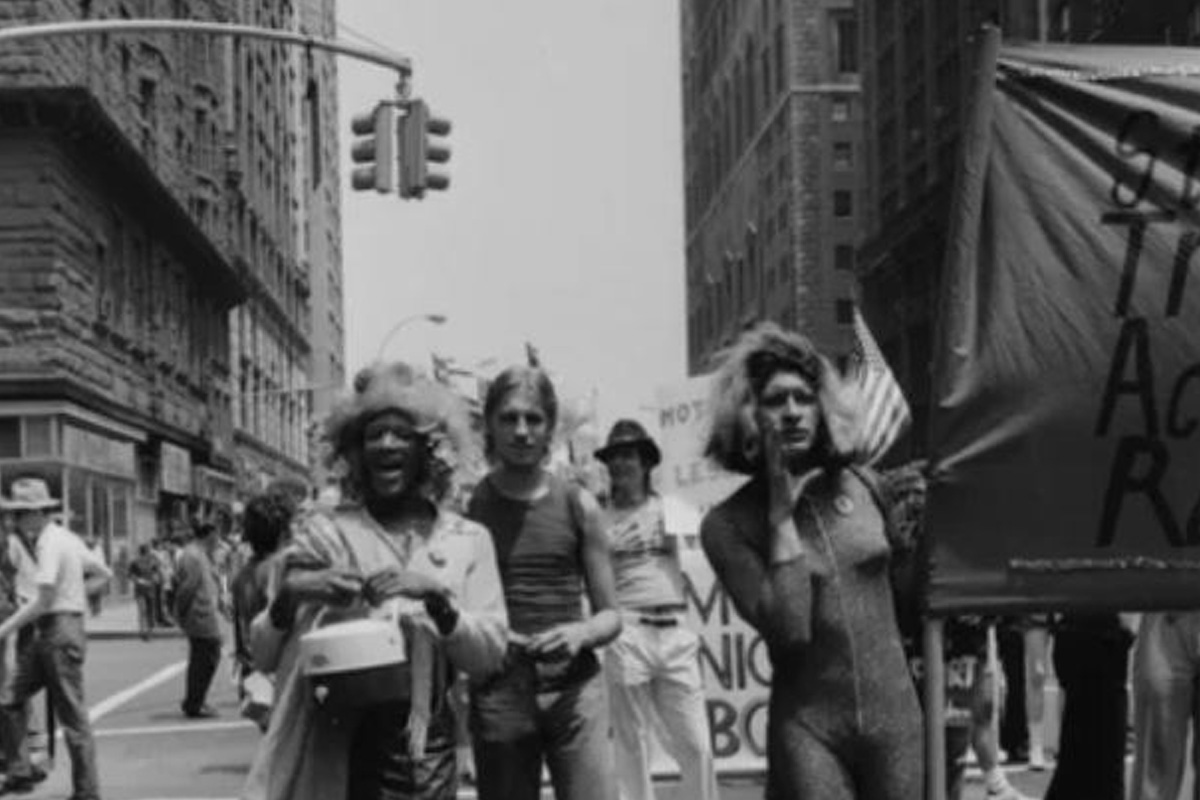Among activists of the period, it’s known as “the shot glass heard round the world” — the vessel that the late Marsha P. Johnson hurled into a barroom mirror during the June 1969 Stonewall uprising in New York City.
As Teachers College Lecturer Gregory Payton notes in “On Transgender Day of Visibility, Remembering the Historic Roots of the Queer Rights Movement,” an opinion piece posted to the Columbia News site, Johnson’s act of defiance was emblematic of a since-obscured dimension of the “foundational events” of the Queer Rights Movement. “Those who bravely resisted police harassment and fought to be treated with dignity and equality were overwhelmingly transwomen of color,” Payton writes, including many who have since devoted their lives to advocating for safe housing, employment and health care for all members of the LGBTQ community.

Gregory Payton, Lecturer in the Department of Counseling and Clinical Psychology
Yet “these achievements generally accrued to cisgender, White members of the community,” says Payton, “while Trans community members, and, in particular, Black, Indigenous, and People of Color (BIPOC) Trans members, were marginalized within the very movement they began.”
Those who bravely resisted police harassment and fought to be treated with dignity and equality were overwhelmingly transwomen of color.
—Gregory Payton, TC Lecturer
Noting that the International Transgender Day of Visibility (TDOV), which was held on March 31st, was created “to counter the invisibility of Trans folk and recognize their roles in the Queer Rights Movement,” Payton calls on readers “to celebrate our trans family members” and demand passage of the Equality Act, currently before the Senate, which would expand protections for the queer community. to prohibit discrimination on the basis of sex, sexual orientation, and gender identity.
